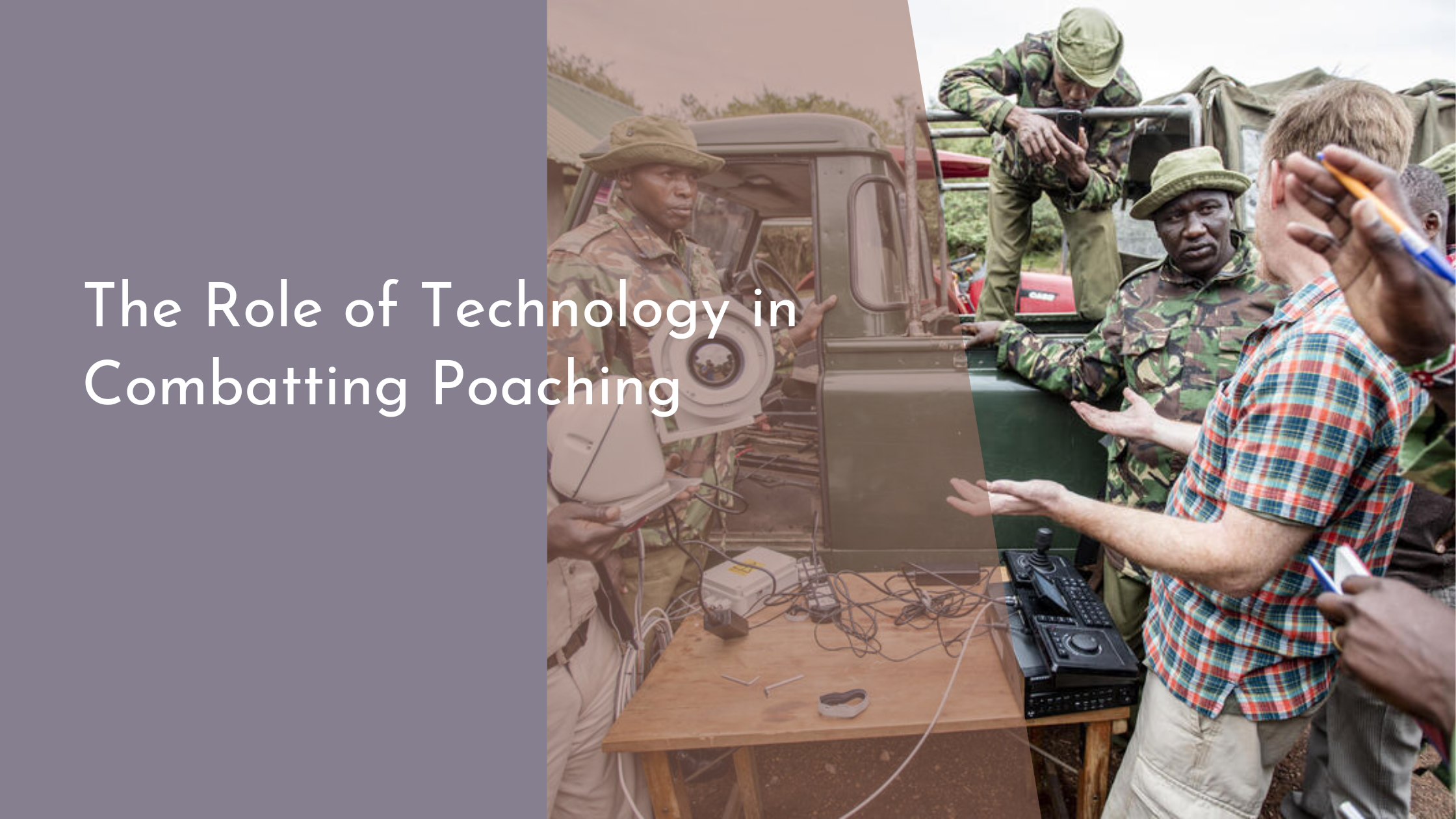The Role of Technology in Combatting Poaching
The global poaching crisis has emerged as a significant threat to biodiversity, with numerous wildlife species teetering on the brink of extinction. Fueled by illegal wildlife trade, habitat loss, and human-wildlife conflicts, poaching has devastating impacts on ecosystems and conservation efforts worldwide. However, in this era of technological advancement, innovative solutions are paving the way for a brighter future in wildlife protection. From drones to DNA forensics, technology is playing a pivotal role in combatting poaching and preserving our planet’s natural heritage.
Understanding the Poaching Crisis Globally
The poaching crisis is a multi-faceted problem affecting various species across continents. In Africa, the elephant and rhino populations have drastically declined due to high demand for ivory and horns in the black market. Similarly, in Asia, the tiger and pangolin populations face critical threats from illegal hunting and trafficking. Poaching not only endangers these species but disrupts entire ecosystems, leading to a loss of biodiversity that can have far-reaching consequences on the environment and human societies alike.
Furthermore, the socio-economic factors fueling poaching cannot be ignored. In many regions, poaching is driven by poverty and a lack of alternative livelihoods, making it a lucrative venture for local communities. Corruption and insufficient law enforcement compound the issue, creating a complex web that is challenging to untangle. However, global awareness and collaborative efforts have highlighted the need for innovative solutions to address this crisis effectively.
Innovative Technologies Used in Wildlife Protection
Unmanned aerial vehicles, commonly known as drones, have revolutionized wildlife monitoring and anti-poaching efforts. Equipped with high-resolution cameras and thermal imaging, drones provide real-time surveillance, allowing rangers to monitor vast and remote areas with ease. This technology acts as a deterrent to poachers and helps authorities gather crucial data on wildlife movements and behavior, enhancing protection strategies.
Another cutting-edge technology making strides in wildlife conservation is DNA forensics. Scientists are utilizing DNA analysis to track and identify poached animals and link them to specific crime scenes. This evidence is crucial in prosecuting offenders and dismantling poaching syndicates. Furthermore, the integration of GPS collars and satellite tracking in wildlife management provides vital information on animal locations and migration patterns, enabling targeted conservation efforts and rapid response to potential threats.
Success Stories: Tech Solutions Saving Wildlife
In Kenya, the use of drones has significantly reduced poaching incidents in national parks. The Kenya Wildlife Service, in partnership with various tech companies, has successfully deployed drone technology to patrol protected areas, resulting in a remarkable decrease in illegal activities. This innovative approach has not only safeguarded wildlife but also enhanced community engagement, fostering a sense of ownership and shared responsibility in conservation.
In South Africa, the implementation of predictive analytics has proven highly effective in anti-poaching initiatives. By analyzing data such as weather patterns, moon phases, and historical poaching incidents, conservationists are able to predict potential poaching hotspots. This proactive approach allows rangers to deploy resources strategically, preventing poaching before it occurs. These success stories underscore the transformative power of technology in wildlife conservation, offering hope for endangered species worldwide.
The Future of Anti-Poaching Efforts Looks Bright
As technology continues to evolve, its potential to combat poaching grows exponentially. The advent of artificial intelligence and machine learning is set to revolutionize wildlife protection, with AI-powered surveillance systems capable of identifying poaching activities and alerting authorities in real-time. Moreover, the development of blockchain technology presents opportunities for secure and transparent tracking of wildlife products, curbing the illegal trade and ensuring accountability.
Community involvement and education also play a crucial role in the future of anti-poaching efforts. By integrating technology with community-based conservation programs, local populations can actively participate in protecting their natural resources. Initiatives that provide training and employment opportunities in tech-driven conservation efforts empower communities, reducing reliance on poaching as a source of income and fostering sustainable livelihoods.
The fight against poaching is a global responsibility, and technology offers a beacon of hope in this endeavor. By harnessing innovative solutions and fostering collaboration between governments, conservation organizations, and local communities, we can create a future where wildlife thrives in harmony with humans. As we advance into this new era of technological possibilities, the commitment to protecting our planet’s precious biodiversity remains unwavering, ensuring a legacy of conservation for generations to come.

